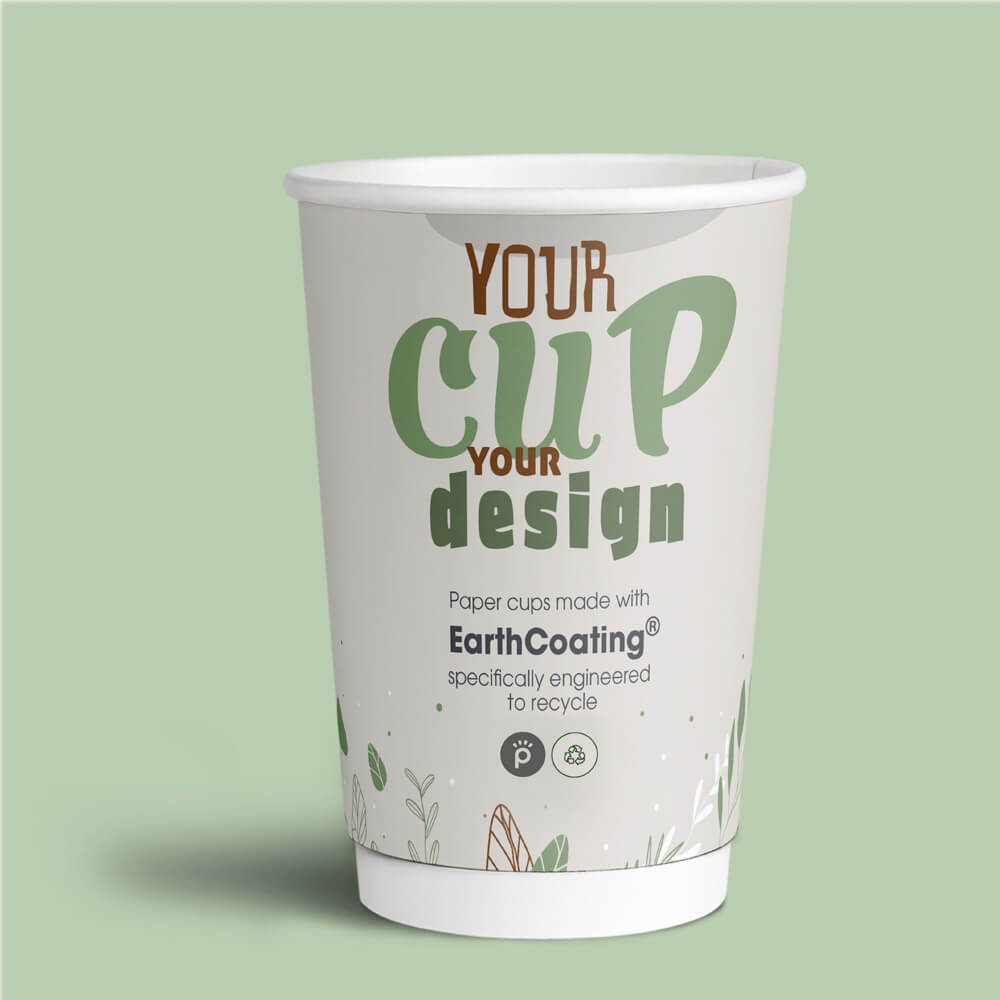Food Packaging and Printing An Essential Connection
In today's consumer-driven market, food packaging and printing play an integral role in ensuring product safety, enhancing brand visibility, and providing essential information to consumers
. As the food industry continues to evolve, the significance of innovative packaging solutions coupled with high-quality printing techniques cannot be overstated.Firstly, the primary function of food packaging is to protect food products from contamination and spoilage. Packaging materials are designed to create a barrier against external factors such as moisture, air, and light, which can adversely affect food quality. Modern packaging techniques have advanced significantly, with materials like biodegradable plastics, vacuum-sealed containers, and modified atmosphere packaging gaining popularity. These solutions not only extend the shelf life of perishable goods but also cater to increasing consumer demands for eco-friendly options. Sustainable packaging has become a key consideration, as consumers are more aware of the environmental impact of their choices.
Furthermore, packaging serves as a marketing tool that can significantly influence consumer behavior. Eye-catching designs, vibrant colors, and innovative shapes can attract consumers' attention on crowded supermarket shelves. Printing techniques, such as flexography, gravure, and digital printing, allow brands to create visually appealing packages that communicate their unique value propositions. For instance, companies often utilize high-definition graphics and clear typefaces to convey crucial information, such as nutritional facts and ingredient lists, which can enhance consumer trust and encourage purchase decisions.
food packaging and printing

Additionally, branding through packaging is vital in establishing a company's identity and fostering customer loyalty. A well-designed package can evoke emotions and resonate with consumers, making it more likely for them to choose one brand over another. This is especially true in the food sector where food experiences and aesthetic presentations have become increasingly important. Packaging that reflects a brand’s mission, values, and story can create a deeper connection with consumers, leading to repeat purchases and long-term loyalty.
Moreover, the digital transformation in printing technologies has revolutionized the food packaging industry. Brands can now produce smaller batches with customized designs at a lower cost and faster turnaround time. This flexibility allows for seasonal or limited-edition packaging, which can drive consumer interest and urgency. The use of QR codes and augmented reality features on packaging also provides an innovative way to engage customers, offering them interactive experiences that extend beyond the product itself.
In conclusion, food packaging and printing are critical components of the food industry that serve multiple purposes. They ensure food safety, promote branding, and enhance consumer engagement. As consumer preferences shift towards sustainability and personalization, the food packaging sector must continue evolving to meet these needs. With the implementation of advanced materials and printing technologies, the future of food packaging is poised to become even more dynamic, reflecting not just the contents within but also the values and aspirations of the brands behind them. Thus, understanding and investing in the relationship between food packaging and printing is paramount for any food business aiming to thrive in the competitive market.



